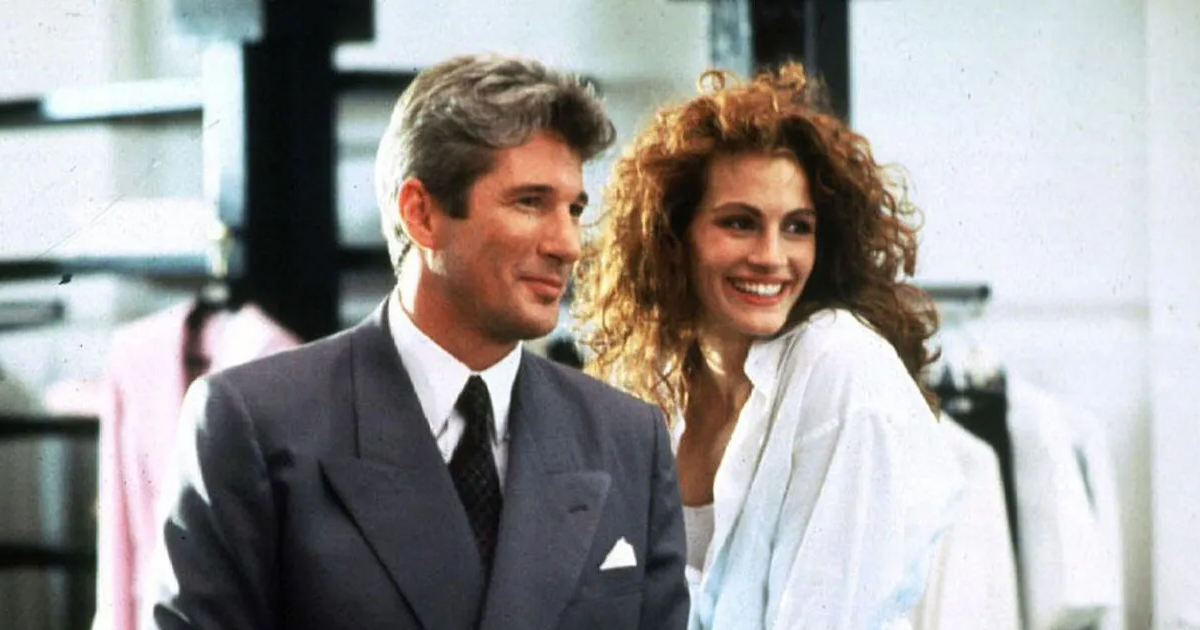Rising From The Rubble: How Reba McEntire Turned Tragedy Into Triumph
When Reba McEntire lost more than half her touring band in a sudden plane crash in March 1991, it looked like her career might collapse—instead, she used the tragedy as the fuel to mount one of country music’s greatest comebacks. This is the story of the crash, the grief, and how McEntire turned heartbreak into one of her most powerful chapters.

Early Days On The Road
By 1991, McEntire had been touring steadily and riding a wave of massive success. Coming off hits like "Fancy", she had built one of the most trusted and tight-knit touring bands in Nashville. The name “Reba McEntire” represented a full musical family—musicians, crew, and friends who lived life on the road together. Her 1991 Rumor Has It tour was in full swing when fate intervened.
The Night Before March 16, 1991
On March 15, 1991, McEntire and her band performed at a private event for an IBM conference in San Diego. Afterward, two charter jets were scheduled: one for McEntire and key personnel, and another for the rest of her touring band and crew. McEntire stayed behind in San Diego to rest, while the musicians boarded the first plane bound for Fort Wayne, Indiana.
The Crash
In the early hours of March 16, 1991, the twin-engine Hawker Siddeley jet carrying McEntire’s band took off from Brown Field Municipal Airport near the US-Mexico border. Shortly after takeoff, the plane struck the side of Otay Mountain at about 3,400 feet above sea level, taking the lives of everyone on board. The victims included guitarists Chris Austin and Michael Thomas; keyboardists Kirk Cappello and Joey Cigainero; backup singer Paula Kaye Evans; bassist Terry Jackson; drummer Anthony Saputo; tour manager Jim Hammon; and the pilot and co-pilot.
 Pedro Aragao, Wikimedia Commons
Pedro Aragao, Wikimedia Commons
McEntire’s Wake-Up Call
McEntire and her then-husband and manager, Narvel Blackstock, were staying in a nearby hotel when the phone rang in the early morning hours. The news was devastating: the plane carrying her band had gone down. “By far this is my darkest hour, the most awful thing that ever happened in my life,” she said later. “When you have eight people that you absolutely love and their lives are just wiped out—it’s devastating”.
The Immediate Emotional Fallout
Although McEntire had not been aboard the plane, the emotional impact was profound. Grief, guilt, and disbelief mingled. “I didn’t know if I was going to be able to continue,” she confessed. The crash not only took dear friends but also dismantled the support network that had carried her through years on the road.
 Keith HInkle, Wikimedia Commons
Keith HInkle, Wikimedia Commons
The Industry Reacts
The country music world was stunned. The news spread quickly across Nashville and beyond. Artists, producers, and fans reached out in solidarity. The crash wasn’t just McEntire’s personal tragedy—it was a communal loss for country music, which had rarely seen a disaster of such magnitude.
 Gage Skidmore from Peoria, AZ, United States of America, Wikimedia Commons
Gage Skidmore from Peoria, AZ, United States of America, Wikimedia Commons
How McEntire Chose To Respond
Rather than stepping away from the spotlight, McEntire chose to channel her grief into creativity. Her faith, her love of music, and her desire to honor those she’d lost guided her next steps. “Music became my therapy,” she would later say. Instead of running from the pain, she faced it through her work.
Creating "For My Broken Heart"
Later in 1991, McEntire released For My Broken Heart, a studio album dedicated to her late bandmates. The songs reflected sorrow, survival, and renewal—grief translated into melody. The title track mourned loss and embraced perseverance, while “Is There Life Out There” captured resilience and self-discovery.
 Gage Skidmore from Peoria, AZ, United States of America, Wikimedia Commons
Gage Skidmore from Peoria, AZ, United States of America, Wikimedia Commons
Music As Healing
Recording For My Broken Heart was McEntire’s form of emotional healing. The studio became a space for reflection and remembrance. Each lyric felt like a letter to those she lost and a promise to keep their spirit alive through her music. The result was both a personal and artistic triumph.
 Gage Skidmore from Surprise, AZ, United States of America, Wikimedia Commons
Gage Skidmore from Surprise, AZ, United States of America, Wikimedia Commons
The Comeback Begins
The album debuted in October 1991 and quickly became a phenomenon. It sold more than 4 million copies in the US, becoming McEntire’s best-selling studio album. Critics praised its sincerity, and fans connected with its raw emotion. What began as a mourning process evolved into a national moment of empathy and admiration.
Touring Again, With New Purpose
When McEntire returned to touring, every concert felt different. Each performance became a tribute, a way to honor her bandmates while moving forward. Her shows carried a quiet reverence, and audiences responded with love and respect. The comeback wasn’t just about reclaiming her career—it was about reclaiming joy.
 Gage Skidmore from Surprise, AZ, United States of America, Wikimedia Commons
Gage Skidmore from Surprise, AZ, United States of America, Wikimedia Commons
Legacy Shifted
Before the crash, McEntire was already a star. After it, she became something greater: an icon of strength. Her resilience and vulnerability transformed her from performer to legend. Later albums like It’s Your Call (1992) and Read My Mind (1994) continued her chart-topping success, solidifying her place in country history.
Personal Growth And Faith
The tragedy deepened McEntire’s faith and gratitude. She often spoke about how the experience reshaped her priorities and reinforced her belief in God. Each anniversary, she honored the band members who died—keeping their memory not as a wound, but as a legacy.
 Angela George, Wikimedia Commons
Angela George, Wikimedia Commons
The Emotional Payoff
Fans heard the difference. McEntire’s voice after 1991 carried more emotional gravity, a lived-in depth that couldn’t be faked. When she sang about heartbreak or endurance, it resonated differently. She wasn’t just performing pain—she’d lived through it.
 Keith Dillon, Wikimedia Commons
Keith Dillon, Wikimedia Commons
Changing Country Music’s Narrative
McEntire’s journey helped reshape how country music handled grief. By sharing her loss openly and turning it into powerful art, she broke down emotional barriers within the genre. Her example gave permission to other artists to write about tragedy with honesty and depth.
 Gage Skidmore from Peoria, AZ, United States of America, Wikimedia Commons
Gage Skidmore from Peoria, AZ, United States of America, Wikimedia Commons
Remembering Her Bandmates
McEntire never allowed the story of her band to fade. On anniversaries of the crash, she has shared tributes, stories, and photos. “I’ll never forget them,” she wrote in one post. These moments keep their memory alive for fans who never met them but feel they know them through her music.
Rebuilding The Team
The crash also changed how McEntire managed her touring life. Safety and structure became top priorities. She took an active role in how her new team traveled and worked, ensuring that lessons from tragedy became part of her professional foundation.
The Long-Term Career Boost
What could have ended her career instead became a pivot point. McEntire’s post-1991 trajectory included film roles, television work, a Las Vegas residency, and continuous musical reinvention. Her longevity—over five decades in country music—owes much to the resilience she forged in that dark year.
 Gage Skidmore from Surprise, AZ, United States of America, Wikimedia Commons
Gage Skidmore from Surprise, AZ, United States of America, Wikimedia Commons
What Fans Took Away
To her fans, McEntire became more than an entertainer. She was living proof of perseverance. When she sang about heartache, they believed her. When she sang about hope, they felt it. That authenticity solidified her bond with audiences worldwide.
 Gage Skidmore from Peoria, AZ, United States of America, Wikimedia Commons
Gage Skidmore from Peoria, AZ, United States of America, Wikimedia Commons
From Rubble To Rise
The March 16 1991 crash could have ended everything for McEntire. Instead, it became the event that defined her strength. She turned grief into art, pain into purpose, and tragedy into triumph. Today, her journey stands as one of the most powerful comebacks in modern music history—a reminder that even in the darkest moments, the human spirit can still sing.
 PATRICK T. FALLON, Getty Images
PATRICK T. FALLON, Getty Images
You May Also Like:
Sources: 1, 2, 4, 5, 6, 7, 8, 9, 10















